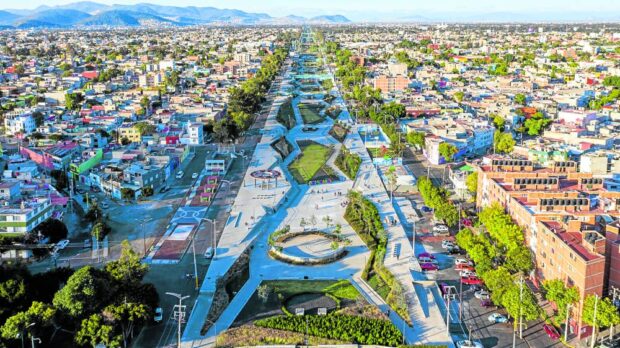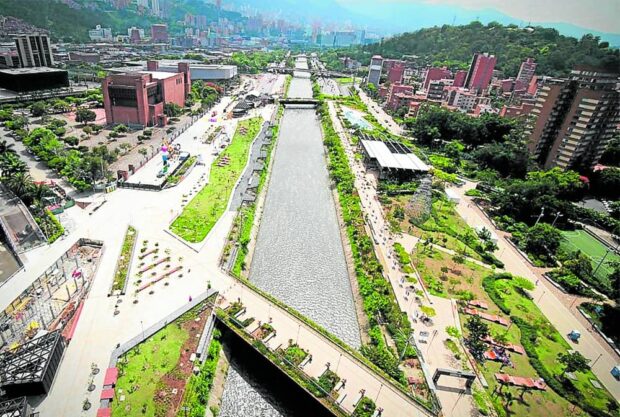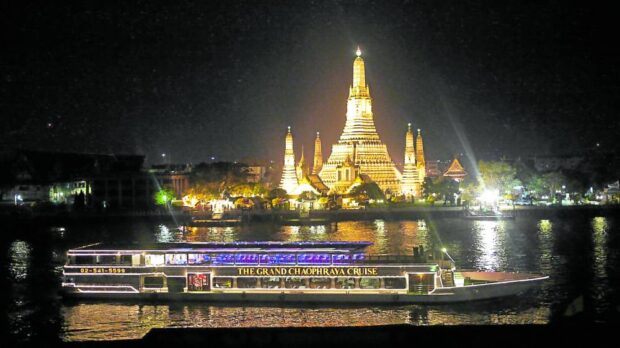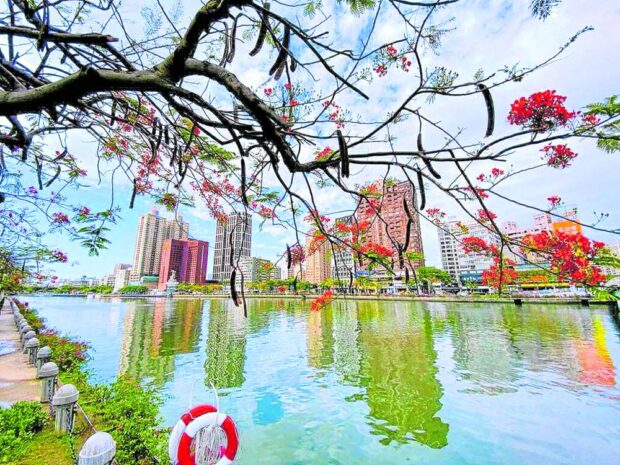The case for reviving our waterways
The country has experienced tremendous growth over the past two decades, most especially in urban areas.
But this growth in cities came not only with a rise in amenities and opportunities but also with challenges owing to rapid urbanization and population increase. As such, many have called for improvements in cities, such as ease of movement, reduction of pollution, and improvement in the overall quality of life.
There is, however, a glaringly obvious yet oft-dismissed avenue through which all of these can be addressed.
In Metro Manila and other cities across the country, rivers, creeks, and canals are often unappreciated or outright neglected—which is a shame considering the immense benefit that can be had if they were developed to their fullest potential. Investing in waterways can have a tremendous impact in terms of the environment, improved health and recreation for the populace, transportation, and even sparking further development opportunities.
Here are four examples in major centers—located in countries not at all different from ours in terms of economic status and potential—that could serve as a blueprint for the resurgence of our waterways.
Park + flood control + water supply
Mexico City, Mexico
Mexico City’s Parque Lineal La Viga is a linear park constructed in 2015.
The city government’s approach of hitting three birds with one stone is novel and noteworthy. First, it renovated and expanded a high quality public space that can be reached by as many as 4 million people via public transport in as short as 30 minutes. The park presents an ideal outdoor and recreational space for the public, as well as opportunities for existing and new businesses to thrive due to increased foot traffic in the area.
Second, the park was designed to act as a rainwater catchment area by using the existing topography of the former canal on which it is located, reducing pressure on drainage infrastructure and mitigating flooding.
Third, the captured rainwater is stored and treated, augmenting the city’s water supply. The park has also paid for itself many times over even considering the initial cost for the construction as well as maintenance.
Due to the success of the park, the local government is planning to build a park twice its size in the center of an even more populated district of the city.
Urban renewal
Medellin, Colombia
In building Parques del Rio, the City of Medellin in Colombia (yes, the very same one of the previous “narcos” infamy) turned a vehicular road that was previously the only means to access the Medellin River into a tunnel, freeing up space on top of it for a linear park.
What resulted was an expansive green space that improved the physical and mental well-being of city-folk; boosted linkages between important areas of the metropolis via pedestrian bridges and which in turn reduced traffic congestion in the city; and vastly increased business activity in the area, thus helping transform the city’s character and image while contributing to its current growth and prosperity.
Transport
Bangkok, Thailand
Anyone who has traveled to Bangkok knows that it has an extensive public transport system, one of the key components of which is its waterways. Its water taxis, water buses, and ferries connect many parts of the city to each other across and along major waterways, primarily the Chao Phraya River and the Saen Saep Canal.
Its water transport network is so extensive that it is far larger that Metro Manila’s intra-metropolis passenger rail services combined, operating dozens upon dozens of stops and crossings along and across the city’s rivers and canals. Currently, Bangkok is working on the process of transitioning towards an all-electric network as well as improving integration and ease of transfer with other forms of transport, such parks and walking paths, bike trails, roads, bus lines, and trains.
River restoration
Love River, Kaohsiung, Taiwan
There was once a time when even breathing the very air that came from the Love River was revolting in and of itself.
The local government responded by doing three things. First, they worked on and enforced connections to sewage lines in order to decrease the effluent flowing from residential, commercial, and industrial areas to the river.
Second, they engaged the public by beautifying and improving the orderliness of the city and investing in things like clean streets, level and amply-sized sidewalks, properly designed signages and street lamps, trees along pedestrian walkways, and even the paint scheme of public buildings.
Lastly, they dealt with developers and private owners to secure rights to the river banks and embarked on a campaign to plant hundreds of trees and build walking and bike paths along the river. Kaohsiung’s residents—and tourists as well—now enjoy the benefits of a clean and pleasant environment.
Immense benefits
As demonstrated by other countries, the benefits that can be derived from fully-realized public waterway projects are immense and come at a fraction of the price of concrete megaprojects. The time is ripe for us to finally take the opportunity to make our waterways become a major factor for improved transport networks, public health, and urban renewal.
Sources:
https://globalaffairs.org; https://www.smithsonianmag.com; https://goexplorer.org; https://theconversation.com; https://visitarmedellin.com/en/parque-del-rio; https://land8.com; https://en.wikipedia.org/wiki/Water_transport_in_Bangkok; https://www.spot.ph; https://english.cw.com.tw; https://khh.travel/en/attractions/detail/499




